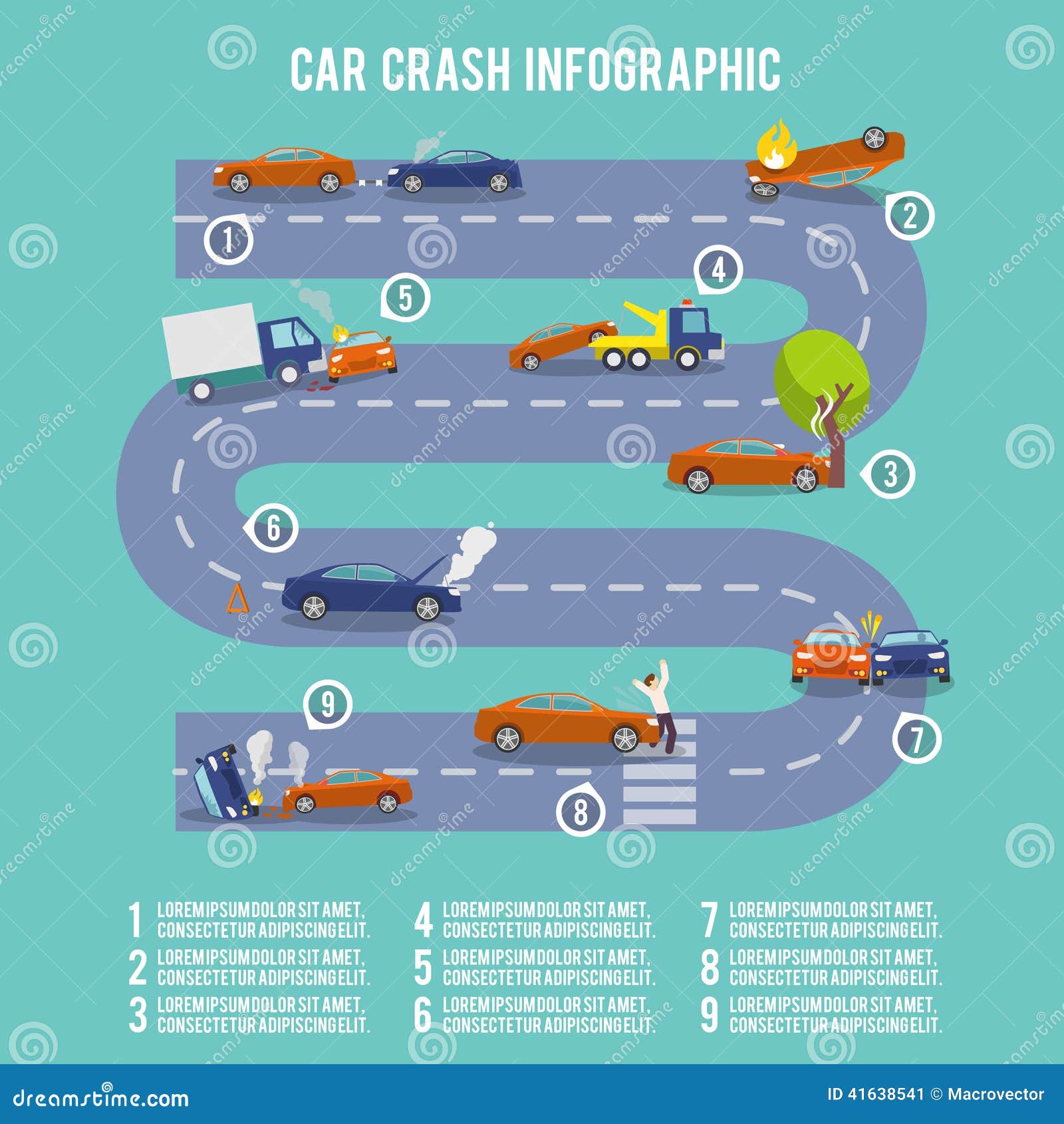Realizing The Relevance Of Your Automobile'S Warning Signals: What They Actually Represent
Realizing The Relevance Of Your Automobile'S Warning Signals: What They Actually Represent
Blog Article
Web Content Writer-Hartley Forbes
When you're behind the wheel, those radiant warning lights on your control panel can be a bit difficult. Do you understand what they're trying to tell you about your auto's health? Comprehending the value of these lights is vital for your security and the long life of your lorry. So, the following time one of those lights pops up, would not you intend to analyze its message precisely and take the necessary steps to resolve it?
Common Warning Lighting and Interpretations
Identify typical warning lights in your automobile and recognize their definitions to make certain risk-free driving.
One of the most common caution lights consist of the check engine light, which signals issues with the engine or emissions system. If this light begins, it's important to have your car examined without delay.
The oil pressure cautioning light indicates low oil pressure, requiring instant attention to avoid engine damages.
A blinking battery light could recommend a faulty charging system, possibly leaving you stranded otherwise resolved.
The tire pressure monitoring system (TPMS) light notifies you to low tire stress, impacting vehicle security and gas effectiveness. Neglecting this could result in harmful driving conditions.
The abdominal light indicates an issue with the anti-lock braking system, compromising your capability to stop quickly in emergencies.
Lastly, the coolant temperature level cautioning light warns of engine getting too hot, which can lead to severe damage otherwise solved quickly.
Comprehending these typical caution lights will certainly assist you deal with concerns without delay and keep secure driving problems.
Importance of Prompt Interest
Recognizing the usual warning lights in your car is just the initial step; the importance of quickly addressing these cautions can't be emphasized sufficient to ensure your safety and security on the road.
When a caution light illuminates on your control panel, it's your cars and truck's way of connecting a possible problem that needs interest. Neglecting these warnings can result in a lot more serious issues down the road, compromising your security and possibly costing you more out of commission.
Motivate interest to warning lights can prevent breakdowns and accidents. For example, a flashing check engine light might show a misfire that, if left ignored, might cause damage to the catalytic converter. Addressing visit site can save you from an expensive fixing.
Likewise, a brake system cautioning light may indicate low brake fluid or worn brake pads, important parts for your safety when driving.
Do It Yourself Troubleshooting Tips
If you notice a caution light on your control panel, there are a couple of do it yourself fixing tips you can attempt before seeking professional aid.
The very first step is to consult your automobile's handbook to comprehend what the certain caution light suggests. Often the problem can be as easy as a loose gas cap triggering the check engine light. Tightening car inside cleaning might resolve the issue.
One more usual issue is a low battery, which can trigger various cautioning lights. Inspecting the battery links for deterioration and guaranteeing they're safe and secure may deal with the issue.
If a caution light persists, you can try resetting it by separating the car's battery for a few minutes and afterwards reconnecting it. In addition, checking your automobile's liquid levels, such as oil, coolant, and brake liquid, can help fix warning lights connected to these systems.
Final thought
Finally, comprehending your car's warning lights is necessary for maintaining your car running efficiently and safely. By without delay attending to these signals and recognizing what they imply, you can avoid expensive repairs and potential malfunctions.
Remember to consult your auto's handbook for certain information on each cautioning light and take action accordingly to ensure a trouble-free driving experience.
Remain educated, remain safe when traveling!
